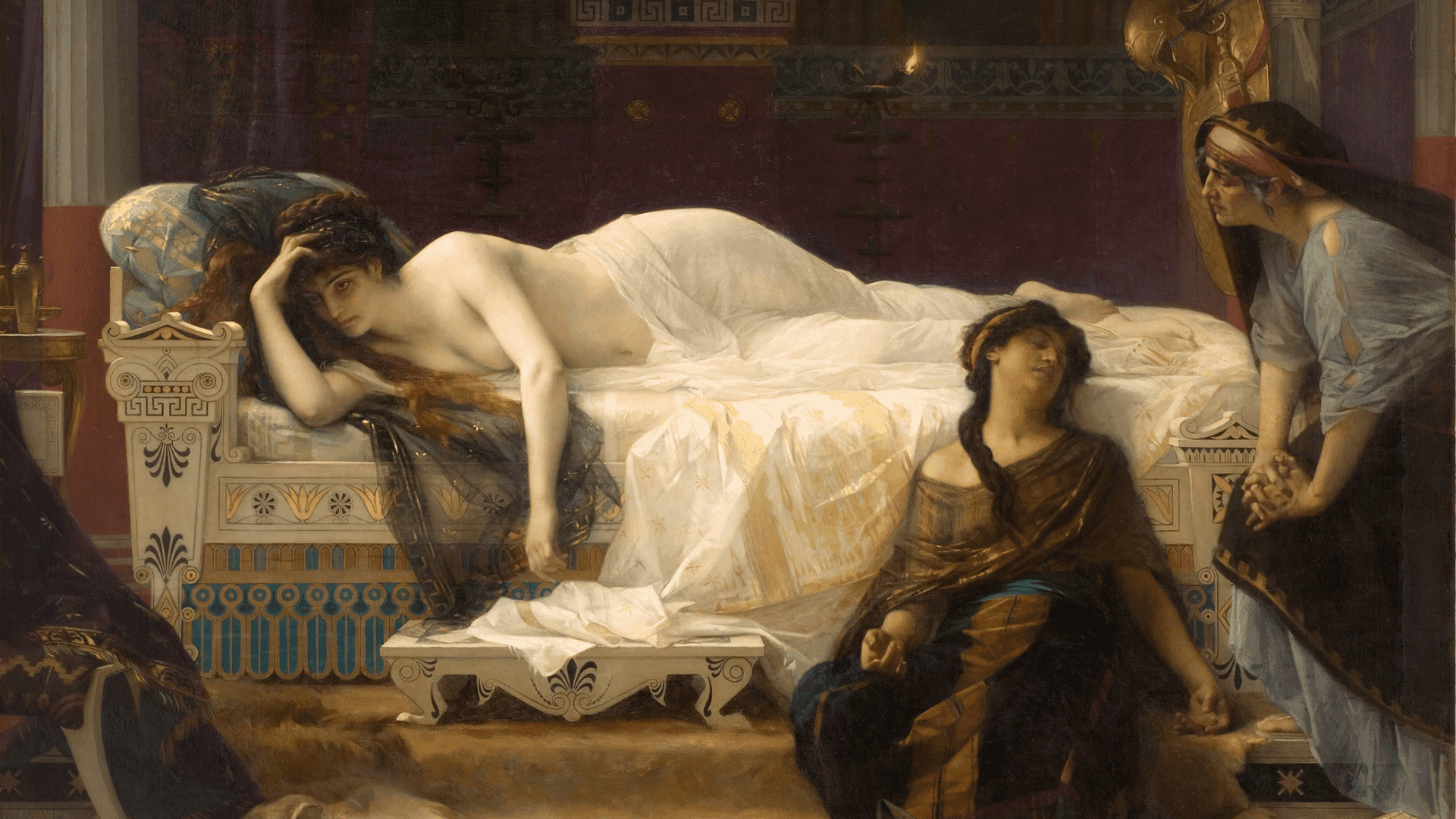Jean Racine, a luminary of 17th-century French literature, created a corpus of works that solidified his stature as one of the preeminent tragedians of his time. Among his oeuvre, ‘Phaedra’ stands as a towering example of his mastery of the tragic form. First performed in 1677, ‘Phaedra’ exemplifies Racine’s adeptness at intertwining grand themes of human passion and moral conflict, anchoring them within the framework of classical mythology.
‘Phaedra,’ originally titled ‘Phèdre, Racine’s masterful adaptation of the mythological tale, draws from sources such as Euripides’ ‘Hippolytus’ and Seneca’s ‘Phaedra.’ The narrative centers on Phaedra, the wife of Theseus, who becomes ensnared by an illicit and unbidden love for her stepson Hippolytus. This forbidden passion leads to a cascade of tragic events, marked by themes of guilt, shame, and inescapable fate.
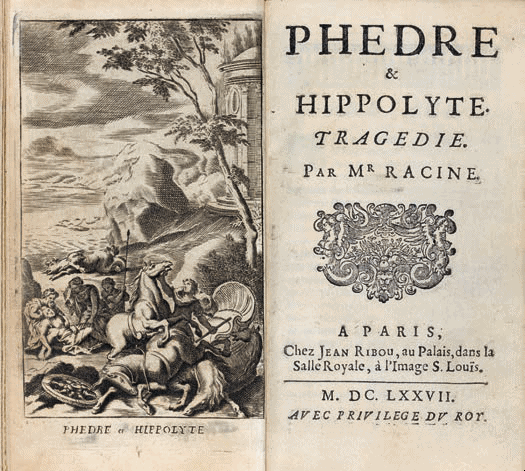
The historical context of ‘Phaedra’ is crucial to understanding its impact. Racine’s era, deeply influenced by the principles of classical antiquity and the constraints of French Classicism, demanded a rigorous adherence to the unities of time, place, and action. Racine’s ‘Phaedra’ masterfully adheres to these conventions, presenting a concentrated exploration of a singular, tragic episode within a cohesive and unbroken narrative arc.
In the literary landscape of the 17th century, Racine’s works, including ‘Phaedra,’ were celebrated for their poetic elegance and psychological depth. The play’s intricate characterizations and the intensity of its dramatic conflicts resonate with audiences, reflecting Racine’s unparalleled skill in depicting the complexities of human emotion and the tragic consequences of moral transgression.
Through ‘Phaedra,’ Racine not only immortalized a timeless myth but also offered a profound commentary on the human condition. His exploration of forbidden desire, moral ambiguity, and inevitable tragedy cements ‘Phaedra’ as a seminal piece of Western literature, whose themes continue to captivate and challenge readers and audiences alike.
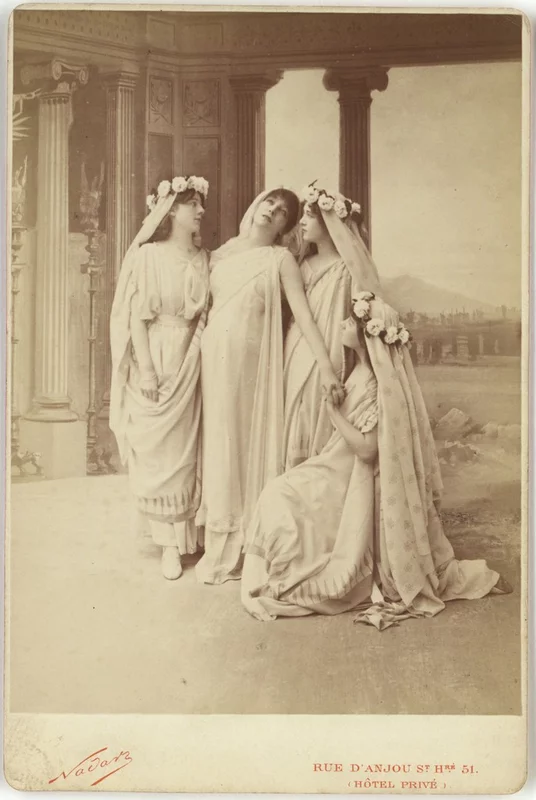
Plot Summary
Racine’s “Phaedra” delves into the intricate web of emotions and fate, commencing with the inner turmoil of Phaedra, who conceals a forbidden love for her stepson, Hippolytus. The intensity of this passion leads her to a state of despair, as she battles the moral and societal repercussions of her feelings. This internal conflict is further exacerbated by the looming presence of her absent husband, Theseus, whose presumed death has left a void in her life that magnifies her illicit desires.
Theseus’s absence sets the stage for Phaedra’s confession to her nurse, Oenone, about her unquenchable love for Hippolytus. Torn between her duty as a wife and mother and her uncontrollable passion, Phaedra’s agony intensifies. Just as she is on the brink of disclosing her secret, fate takes a dramatic turn with the unexpected return of Theseus. His arrival disrupts the existing tension, adding a complex layer to the narrative.
In an attempt to protect Phaedra and secure himself, Oenone devises a plan to accuse Hippolytus of making advances towards his stepmother. These false allegations lead to Theseus banishing his own son, thus setting a course of events that spirals tragically out of control. The plot thickens with Hippolytus’s exile, as he is coerced into defending his tarnished honor while grappling with the unjust punishment imposed by his father.
As the narrative unravels, the climax is marked by a series of harrowing revelations. Hippolytus meets his demise in exile, a victim of innocence ensnared by the tragic machinations of fate. Meanwhile, Phaedra, tormented by guilt and remorse, succumbs to her own end, poisoned by the venom of her own love and the deceit she perpetuated. The final scenes reveal the full breadth of tragic irony, shedding light on the devastating consequences of concealed desires and the relentless pursuit of truth. The play concludes as a poignant reminder of the fragility of human emotion and the inexorable sway of destiny within the literary masterpiece of Racine’s “Phaedra”.
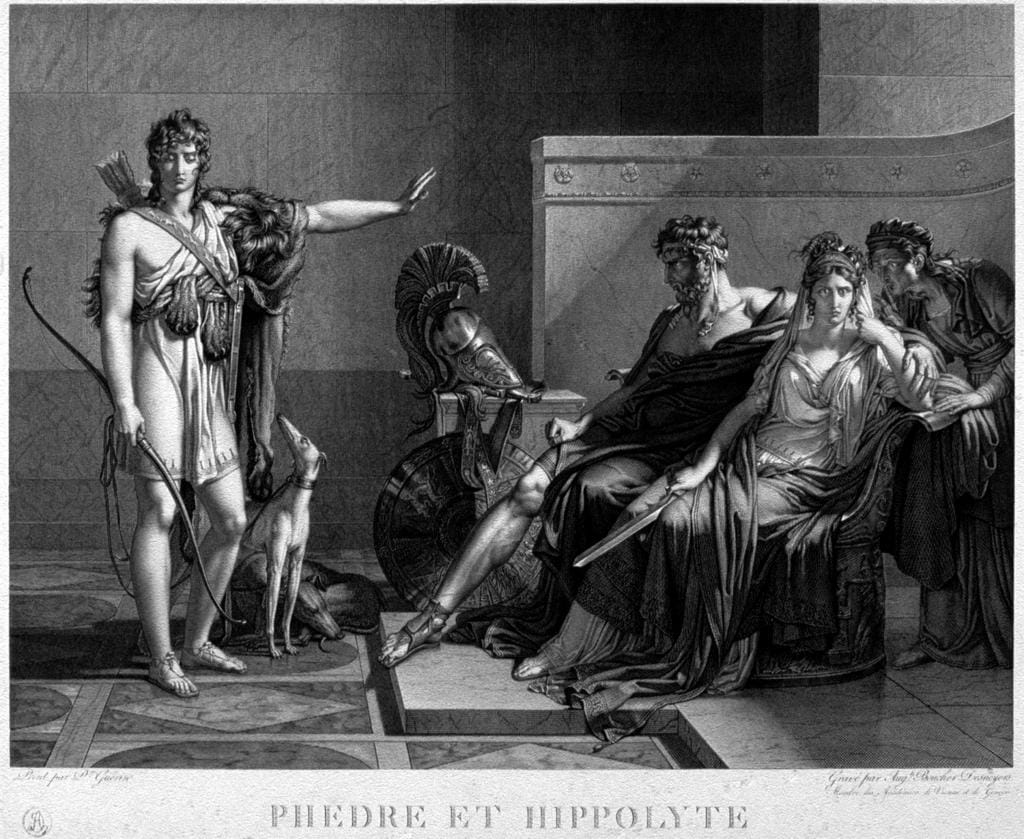
Themes of Love and Desire
Jean Racine’s “Phaedra” masterfully explores the intricate and often perilous dynamics of love and desire, presenting these emotions as potent, almost uncontrollable forces that can wreak havoc on individuals and their social environments. At the heart of the play is the tragic figure of Phaedra, whose illicit yearning for her stepson, Hippolytus, sets off a chain of catastrophic events. This forbidden love serves as a compelling focal point, highlighting the formidable power of desire to transcend moral and societal boundaries, ultimately leading to ruin.
Racine employs Phaedra’s uncontrollable passion to dramatize the destructive potential of love when it defies ethical constraints. Her intense feelings for Hippolytus challenge the established norms of the time, igniting a sense of scandal and transgression that propels the narrative forward. The playwright effectively uses Phaedra’s internal struggle and subsequent actions to underscore the perilous consequences of surrendering to illicit desires. As her longing becomes increasingly consuming, it erodes her sense of reason, leading to a series of tragic choices that spell disaster for all involved.
This portrayal of love as a formidable and often destructive force finds echoes in other literary works of the same period and genre. For instance, Euripides’ “Hippolytus,” from which Racine’s play draws inspiration, similarly addresses the catastrophic fallout of untamed passion. The concept of amor fati, or love leading to one’s destined end, is also evident in the works of contemporaries such as Pierre Corneille. In “El Cid,” Corneille navigates the tension between romantic love and familial duty, illustrating how personal desire can conflict with social expectations.
Émile Zola’s later work, though belonging to a different literary period, also resonates with Racine’s treatment of love and its ruinous potential. Zola’s naturalistic approach often depicted characters driven to despair by their needs and desires, suggesting that such emotions are as much a part of the human experience as they are a catalyst for downfall.
By examining these complex and interwoven depictions of love and desire, Racine contributes a timeless narrative that continues to resonate, offering a profound commentary on the sheer, often tragic power of passion.
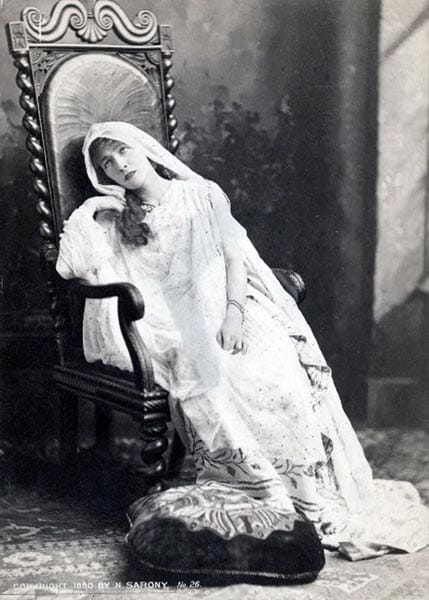
The Role of Fate and Free Will
Racine’s “Phaedra” stands as a poignant illustration of the interplay between fate and free will, a theme rooted deeply in Greek tragedy. The characters are ensnared in the webs of their destinies, often struggling between their desires and the inexorable path that fate has laid out for them. This tension is evident in the protagonist, Phaedra, whose passionate love for her stepson, Hippolytus, sets the course for her inescapable ruin. Despite her attempts to suppress these illicit feelings, she is propelled by forces beyond her control, epitomizing the Greek tragic notion that mortals are mere puppets to the whims of the gods.
The Greek influence on Racine’s treatment of fate is unmistakable. In Greek tragedy, fate is often an unavoidable and omnipotent force that dictates the characters’ lives. Phaedra’s lineage, being a descendant of the sun god Helios and the cursed Pasiphaë, positions her within a legacy of divine intervention and mortal suffering. This generational curse underscores the notion that free will is limited, as individuals are often bound by the sins and misfortunes of their ancestors. Her attempts to escape destiny, whether through confession to her nurse or seeking death as an escape, only further entrench her in her inevitable downfall.
Conversely, the concept of free will in “Phaedra” is not entirely absent but is portrayed as the tragic illusion of choice. Hippolytus strives to carve out a path of virtue and chastity, rejecting the advances of Aricia and adhering to his austere principles. However, his fate is sealed not by his actions alone but by a cascading sequence of events initiated by Phaedra’s uncontrollable desires and the deceitful machinations of others, particularly the nurse. The futility of these efforts highlights the tragic dimension of the play, where good intentions are thwarted, and moral integrity is met with calamitous outcomes.
Racine meticulously interweaves these themes within the narrative fabric of “Phaedra” to craft a deeply tragic atmosphere. The characters’ struggles against their destinies amplify the emotional intensity and underscore the play’s core message: the inextricable link between fate and human suffering. Through this lens, Racine’s “Phaedra” transcends its source material, offering a profound commentary on the human condition and the eternal struggle between fate and free will.
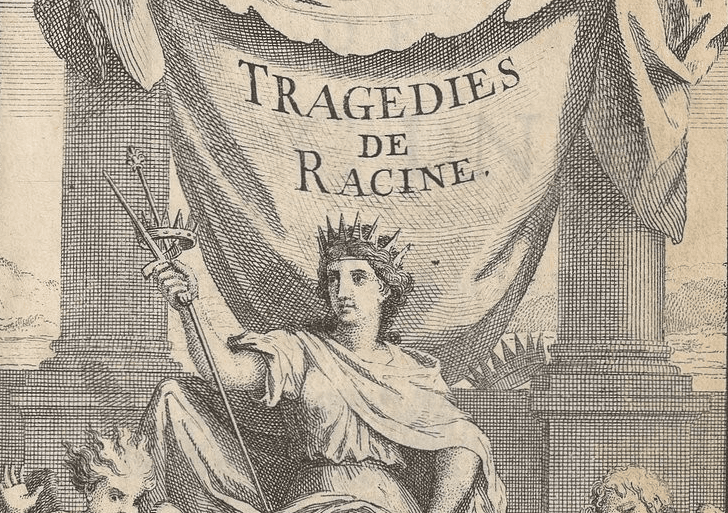
Character Analysis
In Jean Racine’s “Phaedra,” the characters are meticulously crafted to embody timeless themes such as forbidden love, tragic fate, and moral conflict. The play’s complexity derives significantly from the intricate motivations and internal turmoil of its principal characters: Phaedra, Hippolytus, Theseus, and Aricia.
Phaedra, the eponymous protagonist, is perhaps the most compelling figure. As Racine’s tragic heroine, she is a paragon of conflicted desires and doomed passion. Her love for her stepson, Hippolytus, is both ardent and illicit, positioning her in the throes of a tragic dilemma. Unlike her mythological counterpart, Racine’s Phaedra is portrayed with an emotional depth that elicits a degree of sympathy, despite her morally ambiguous actions. Her internal conflict between duty and desire magnifies her tragic status, as she oscillates between remorse and uncontrollable passion.
Hippolytus, on the other hand, stands in stark contrast to Phaedra’s overwhelming passion. Characterized by his austere virtue and disdain for love, he is depicted as a paragon of chastity and honor. However, his own latent feelings for Aricia suggest that he is not entirely immune to human emotions. This subtle complexity adds depth to his character, making him more than just a symbol of stoic rectitude.
Theseus, the king and Phaedra’s husband, serves as the play’s anchor to patriarchal authority and justice. His return midway through the story propels the narrative into its tragic conclusion. Theseus’ actions and judgments, colored by misinformation and wrath, ultimately precipitate the downfall of both Phaedra and Hippolytus. His character embodies the theme of misjudged justice and the tragic consequences of hasty decisions.
Aricia, the young princess, represents the voice of innocence and rightful claim. Although a secondary character, her love for Hippolytus and her stance against Theseus’ oppressive edicts render her integral to the narrative. She embodies resilience against tyranny, juxtaposed with Phaedra’s succumbing to forbidden desires.
Through these characters, Racine weaves a complex literary essay on human emotion and ethical conflict. Each figure, in their multifaceted nature, contributes to the broader tapestry of themes—a hallmark of Racine’s mastery in blending character depth with thematic resonance in this exquisite piece of literature.
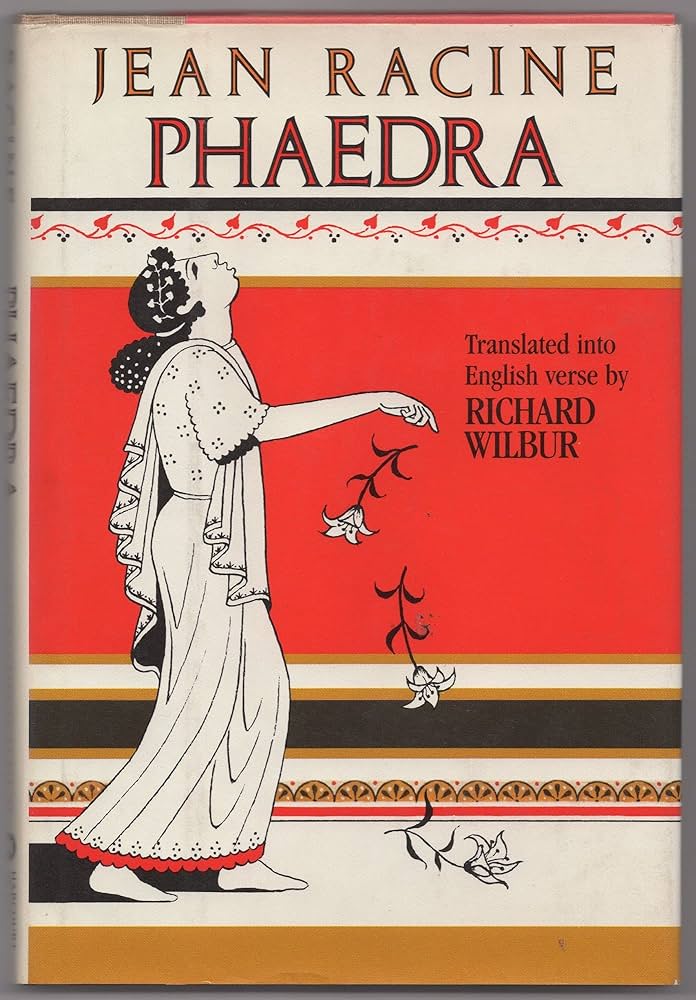
Moral and Ethical Questions
The complex moral and ethical questions presented in Racine’s “Phaedra” are central to its enduring relevance. At its core, the play delves into the profound struggle of Phaedra herself, who battles internally with guilt and the torment of forbidden desire. Her illicit love for her stepson, Hippolytus, sparks a cascade of events that ultimately compel her to confront her conscience, culminating in her poignant confession. This moment of self-revelation is a reflection not only of personal tragedy but also of the broader ethical considerations intrinsic to human nature.
Racine masterfully uses Phaedra’s inner turmoil to explore deeply-rooted themes of honor and loyalty. Her sense of duty to her husband, Theseus, and her role as queen stands in stark contrast to the overpowering emotions she harbors. This dichotomy creates a fertile ground for examining the very essence of justice. By presenting Phaedra’s predicament, Racine compels the audience to reflect on the multifaceted nature of moral choices, where the lines between right and wrong are often blurred.
Moreover, the narrative underscores the ethical implications of truth and deception. Phaedra’s initial attempts to conceal her feelings and the eventual revelation of the truth serve as a grim reminder of the consequences of living in denial. These moments of candor propel the characters and the audience to wrestle with the idea of accountability in the face of moral failure. The play’s events challenge our perception of justice, particularly in how punishment and redemption are administered and understood within the societal framework.
Racine’s portrayal of these ethical dilemmas not only heightens the dramatic tension but also engages the audience in a continuous contemplation of their values. By engaging with the intricate moral questions embedded within the plot, viewers and readers alike are invited to scrutinize their principles and the ethical dimensions of their own lives, providing a rich literary experience that transcends time.
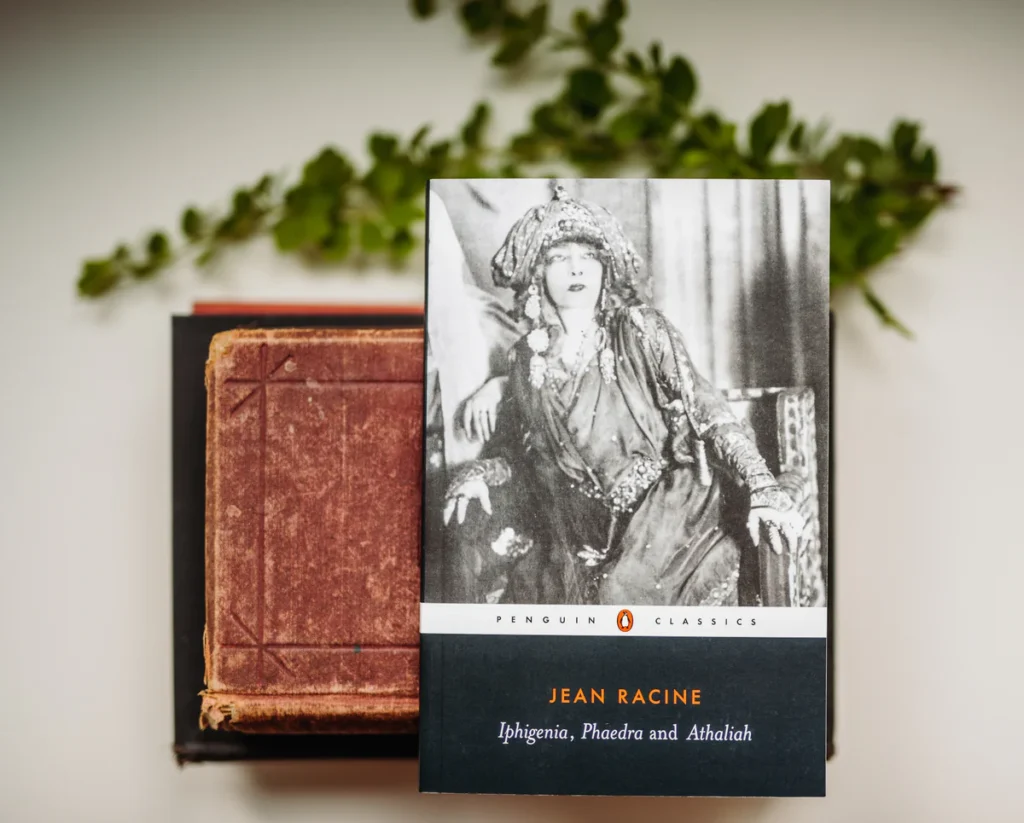
Notable Adaptations
‘Phaedra,’ written by Jean Racine, has been an enduring piece of literature, subject to numerous adaptations across various media and cultures. Each adaptation offers a unique perspective, thus enriching and diversifying the thematic essence of the original literary work.
One of the most significant theatrical adaptations is the 1946 production by Jean-Louis Barrault, whose innovative direction introduced a modern aesthetic while staying true to Racine’s verse. Barrault’s portrayal of ‘Phaedra’ imbued the character with a nuanced complexity that resonated deeply with contemporary audiences. Another notable production took place at the Comédie-Française in 2003, directed by Anne Delbée, whose interpretation emphasized the classical tragedy’s psychological depth, enhancing the audience’s understanding of Phaedra’s internal struggles.
In the British theater scene, the National Theatre’s 2009 adaptation, directed by Nicholas Hytner and starring Helen Mirren as Phaedra, stands out. Hytner’s version brought a stark, modern sensibility to Racine’s text, allowing Mirren to channel a raw, emotionally charged performance that captivated audiences and critics alike. Similarly, in Greece, the National Theatre’s 2005 adaptation by Yannis Kokkos offered a unique cultural lens, integrating traditional Greek theatrical elements and modernist minimalism to craft a striking presentation.
Film adaptations of ‘Phaedra’ have also played a pivotal role in popularizing Racine’s work. The 1962 movie ‘Phaedra,’ directed by Jules Dassin, set the story in a contemporary context, showcasing Melina Mercouri in a powerful portrayal that linked the ancient tragedy to modern existential themes. Similarly, the 1980 French film ‘Phaedra’ by Pierre Jourdan portrayed the text with cinematic gravitas, translating Racine’s poetic language into a visual narrative that retained the original’s emotional intensity.
Modern reinterpretations continue to explore ‘Phaedra’s’ themes in innovative ways. The 2019 New York adaptation by Gavin Quinn, for example, merges contemporary dance with classical theater, offering an avant-garde interpretation that challenges traditional boundaries and invites audiences to experience Racine’s tragedy through a new artistic prism.
These adaptations underscore the timeless nature of Racine’s ‘Phaedra,’ illustrating how directors and actors across different cultures and media have consistently reinterpreted this literature piece, ensuring its relevance and resonance in both historical and modern contexts.
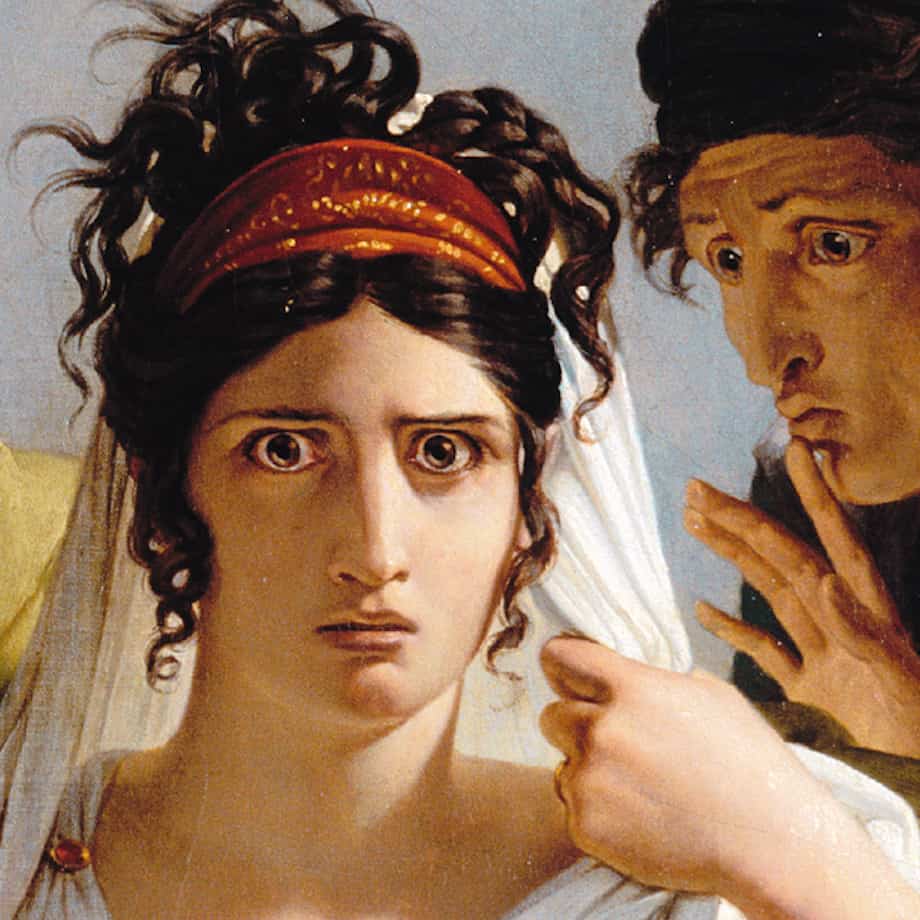
The Contemporary Heritage of Racine’s Phaedra
Jean Racine’s Phaedra remains an enduring pillar in the realms of literature and theater, a testament to its powerful resonance across the centuries. The play’s intricate weaving of classical motifs and timeless human dilemmas ensures its continued relevance, inviting both scholarly investigation and widespread engagement. Racine’s masterful blending of ancient myths with a profound exploration of human nature has afforded Phaedra an esteemed place within the tragic literature canon.
Exploring themes of forbidden love, guilt, and the inexorable force of fate, the play fosters deep reflection among contemporary audiences. These universal themes, embodied in the tormented psyche of Phaedra, transcend the era of its creation and strike a profound chord with modern readers and viewers. As a literature piece, Racine’s work delves into the intricacies of human emotion and moral conflict, providing fertile ground for literary essay analyses and investigative journalism that continue to probe its depths.
The elegance of Racine’s language and his deft character development transform Phaedra into more than just a tragedy of mythological proportions—it becomes a compelling saga of internal struggle and existential contemplation. Such craftsmanship has secured Phaedra a lasting impact, inspiring numerous adaptations and reinterpretations that highlight its versatility and enduring appeal. Theater productions worldwide revisit Racine’s text, reimagining its complex interplay of passion and virtue to mirror the ever-evolving human condition.
Ultimately, the legacy of Phaedra lies in its ability to evoke timeless truths through the language of classical tragedy. Racine’s brilliance ensures that each performance, each adaptation, and each critical examination furthers our appreciation of the delicate balance between fate and free will, making Phaedra an inexhaustible source of artistic and intellectual enrichment across generations.
